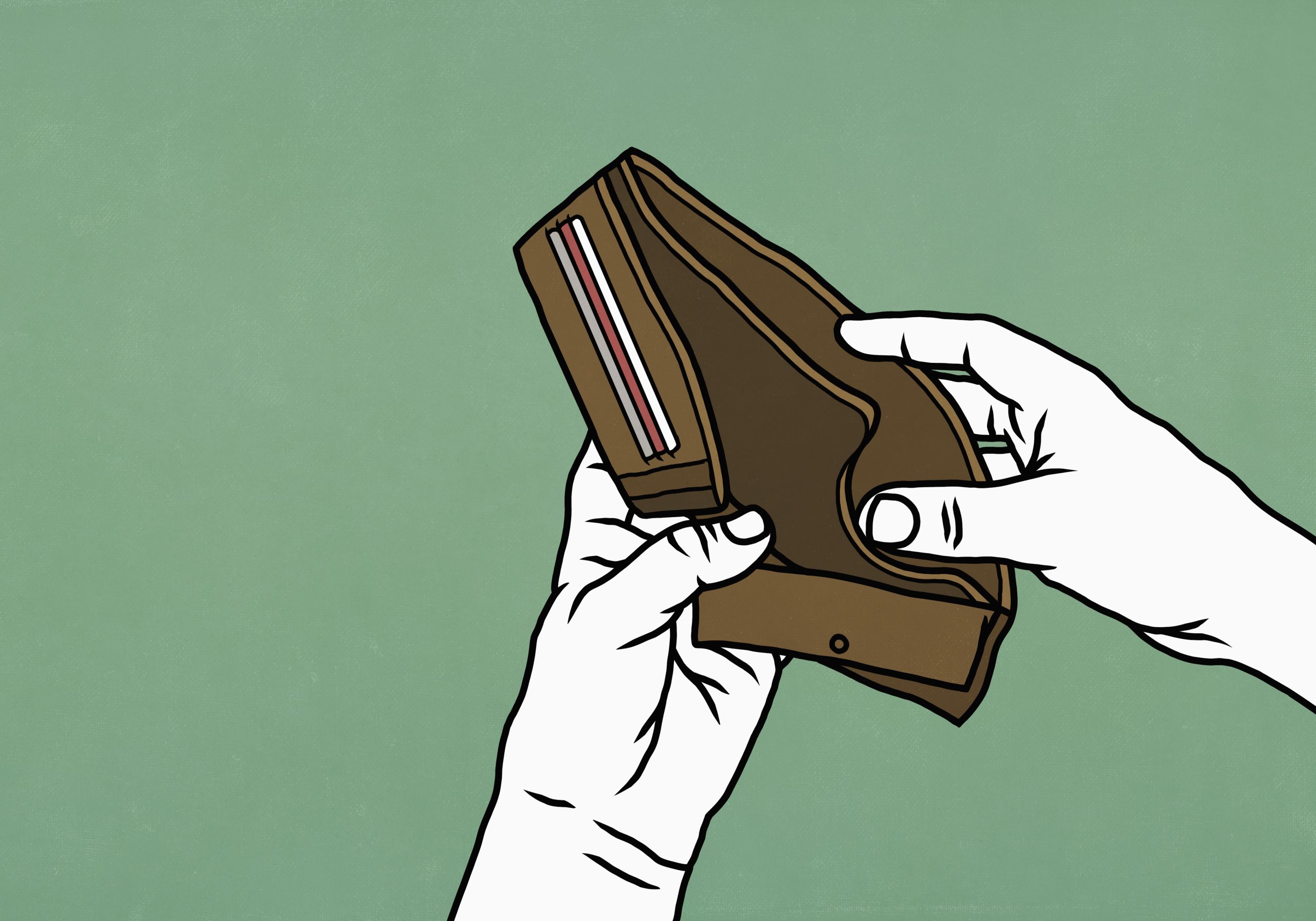BNPL Traps: Holiday Shopping’s Siren Song of Debt
The holiday season is upon us, and with it comes the temptation to splurge. This year, “buy now, pay later” (BNPL) services are luring consumers with promises of easy, interest-free installments. But beneath the surface of convenience lies a potential debt trap, particularly for younger generations already grappling with financial pressures.
The Allure of Instant Gratification
The BNPL model is simple: divide a purchase into smaller, manageable payments, often with no interest. This proposition is undeniably attractive, especially when faced with the financial strain of holiday gift-giving. A recent PayPal survey revealed that half of U.S. shoppers intend to use BNPL services this holiday season. The appeal is especially strong among millennials and Gen Z, with one in four regularly using platforms like Affirm and Klarna.
However, this widespread adoption raises concerns. These are the same demographics struggling with student loan debt, precarious job markets, and rising living costs. The ease of BNPL can mask the true cost of purchases and encourage overspending, leading to a cycle of debt.
DoorDash and the Normalization of Debt
The partnership between DoorDash and Klarna earlier this year epitomizes the growing normalization of debt. The thought of taking out a loan to finance takeout food is a stark reminder of how deeply BNPL has permeated daily life. As affordability becomes an increasingly pressing issue, the temptation to use BNPL for even the most basic needs is likely to grow, potentially exacerbating financial vulnerabilities.
Navigating the BNPL Landscape
While BNPL can be a useful tool when used responsibly, it’s crucial to approach it with caution. Before opting for a BNPL payment plan, consider the following:
*
Assess your budget:
Can you comfortably afford all the installments without sacrificing essential expenses?
*
Read the fine print:
Understand the terms and conditions, including any late fees or potential interest charges if you miss a payment.
*
Avoid stacking BNPL loans:
Juggling multiple BNPL plans can quickly become overwhelming and lead to missed payments and accumulating debt.
*
Consider alternatives:
Explore other budgeting and saving strategies to avoid relying on debt to finance purchases.
Conclusion
BNPL services offer a tempting solution to the financial pressures of holiday shopping. However, their ease of use can mask the true cost of purchases and lead to unsustainable debt, particularly for vulnerable populations. By approaching BNPL with caution, understanding the terms and conditions, and prioritizing responsible budgeting, consumers can avoid the debt trap and enjoy a financially sound holiday season.
Based on materials: Vox





